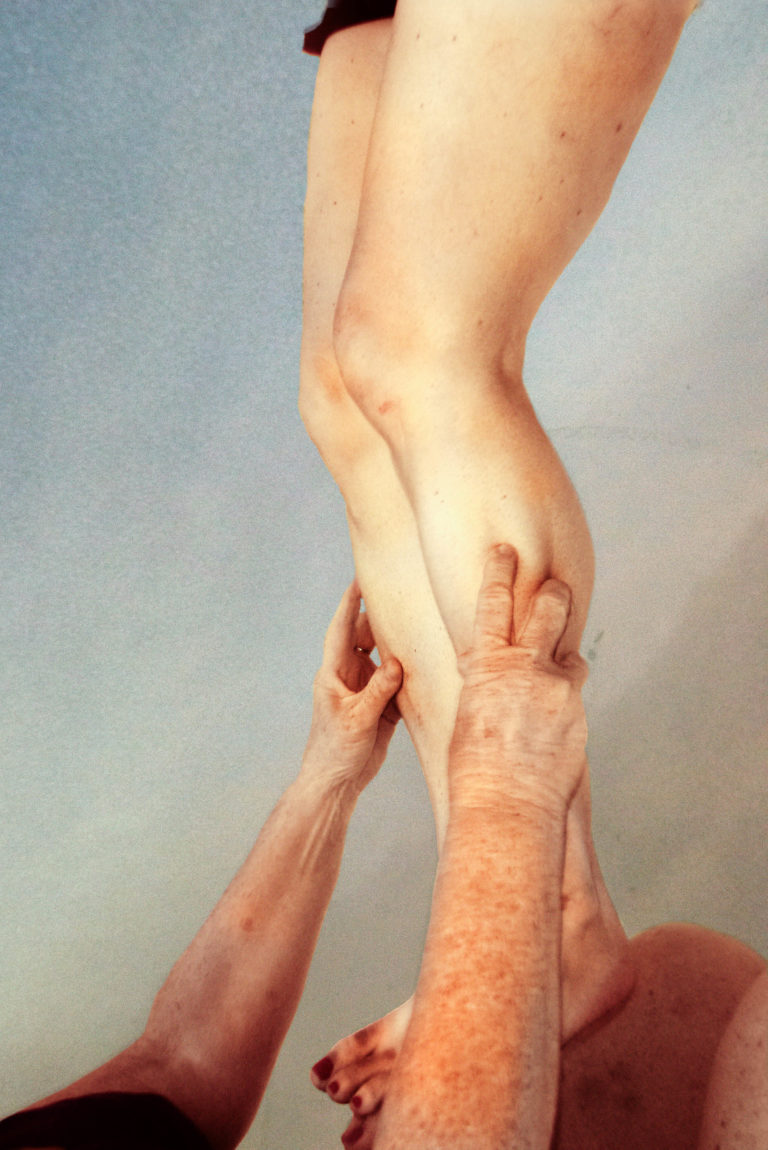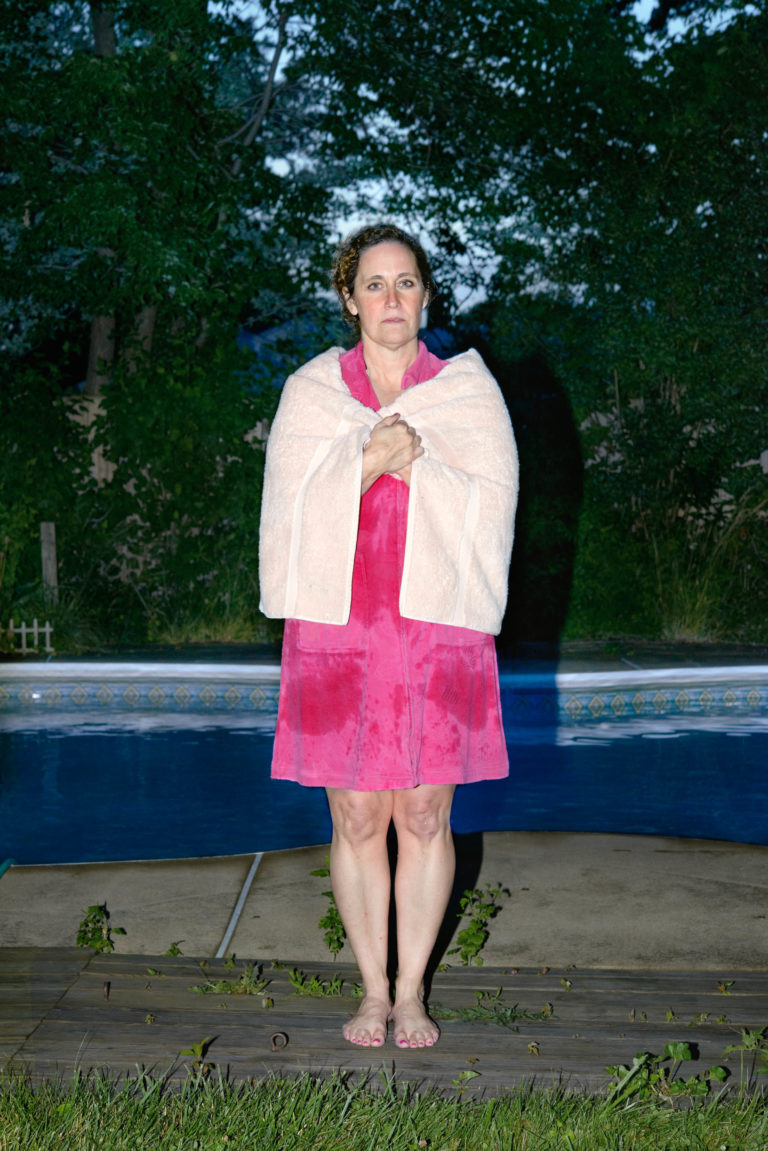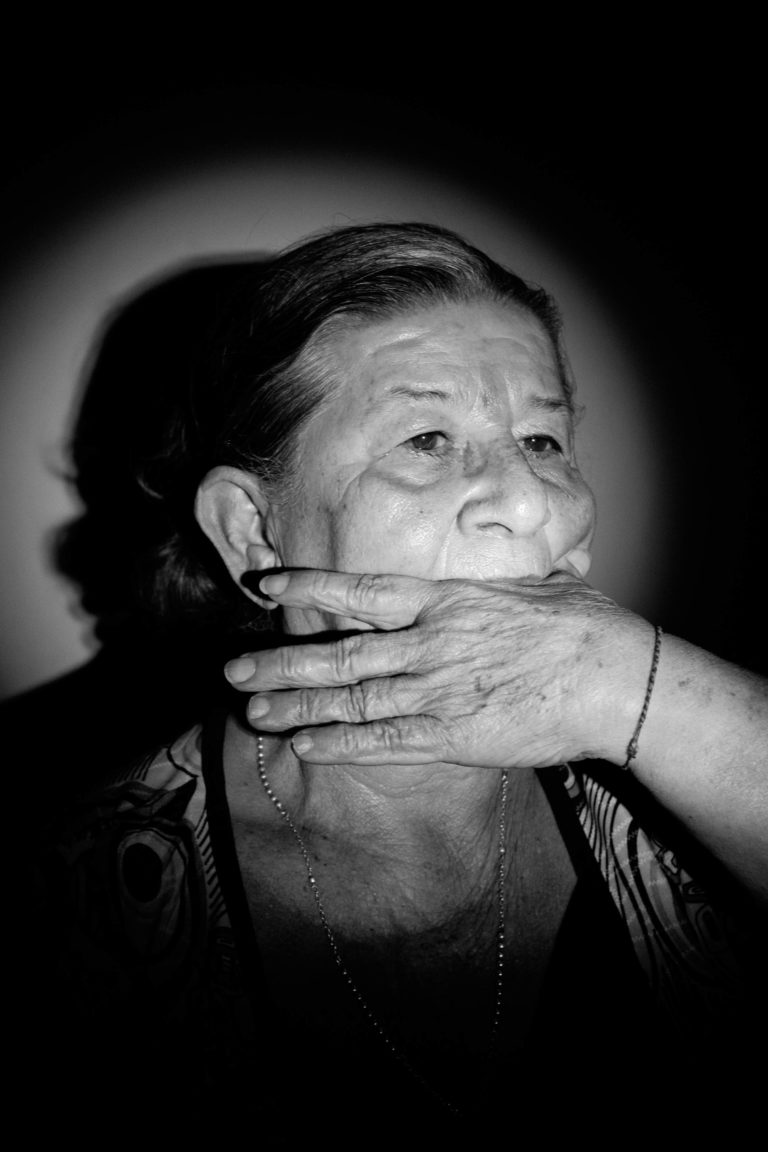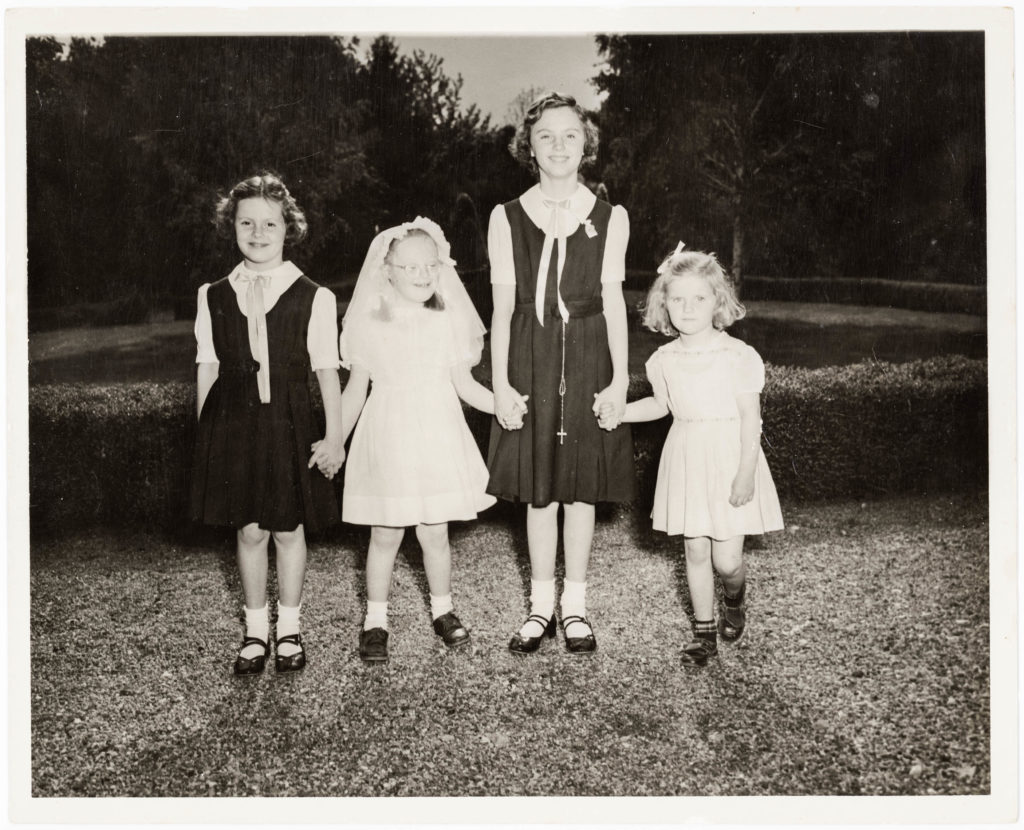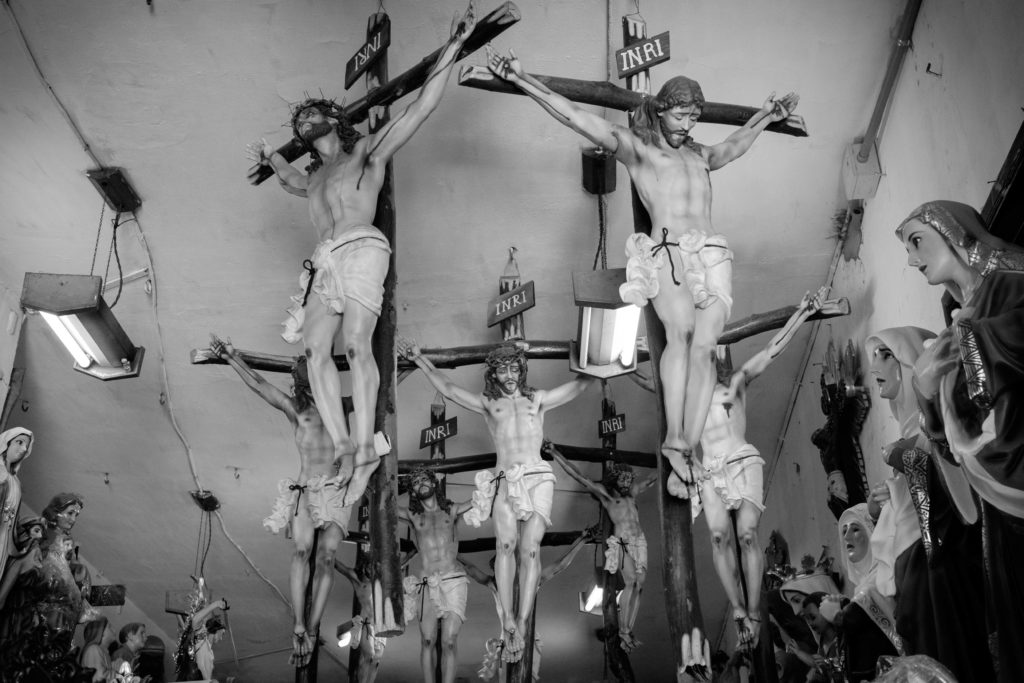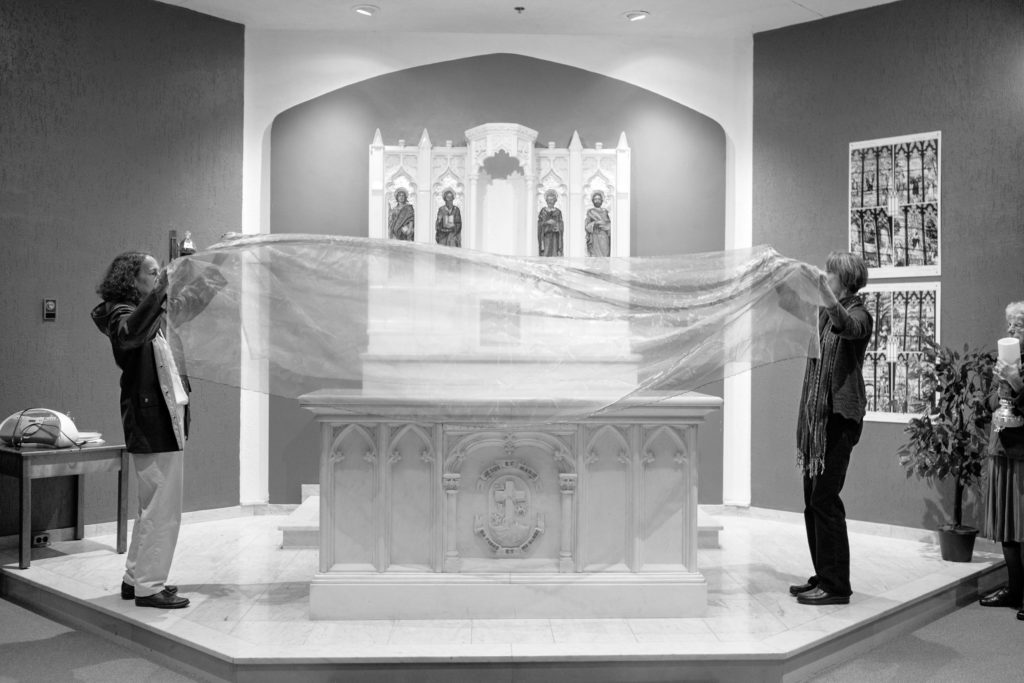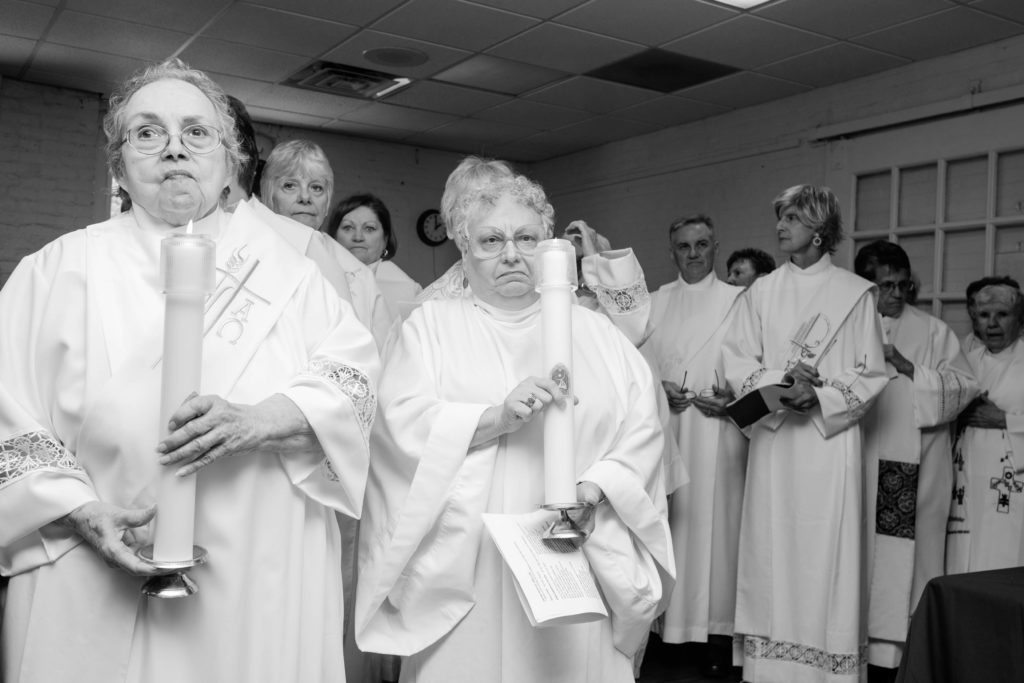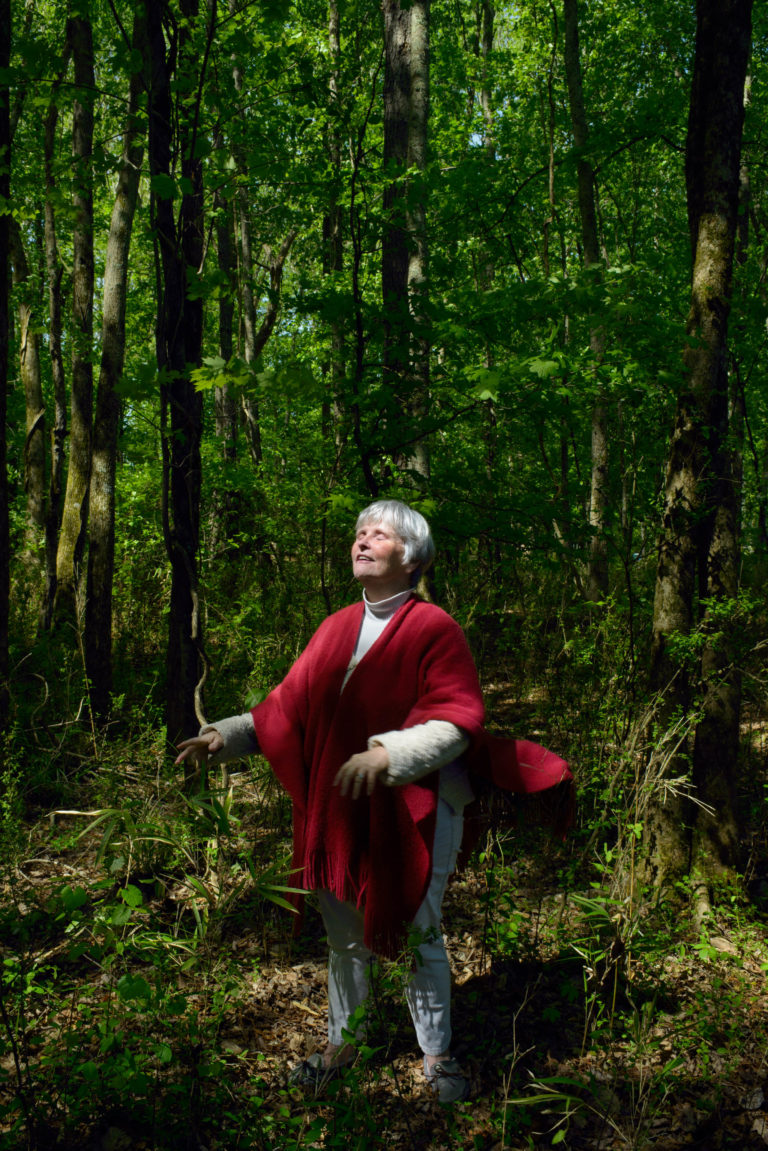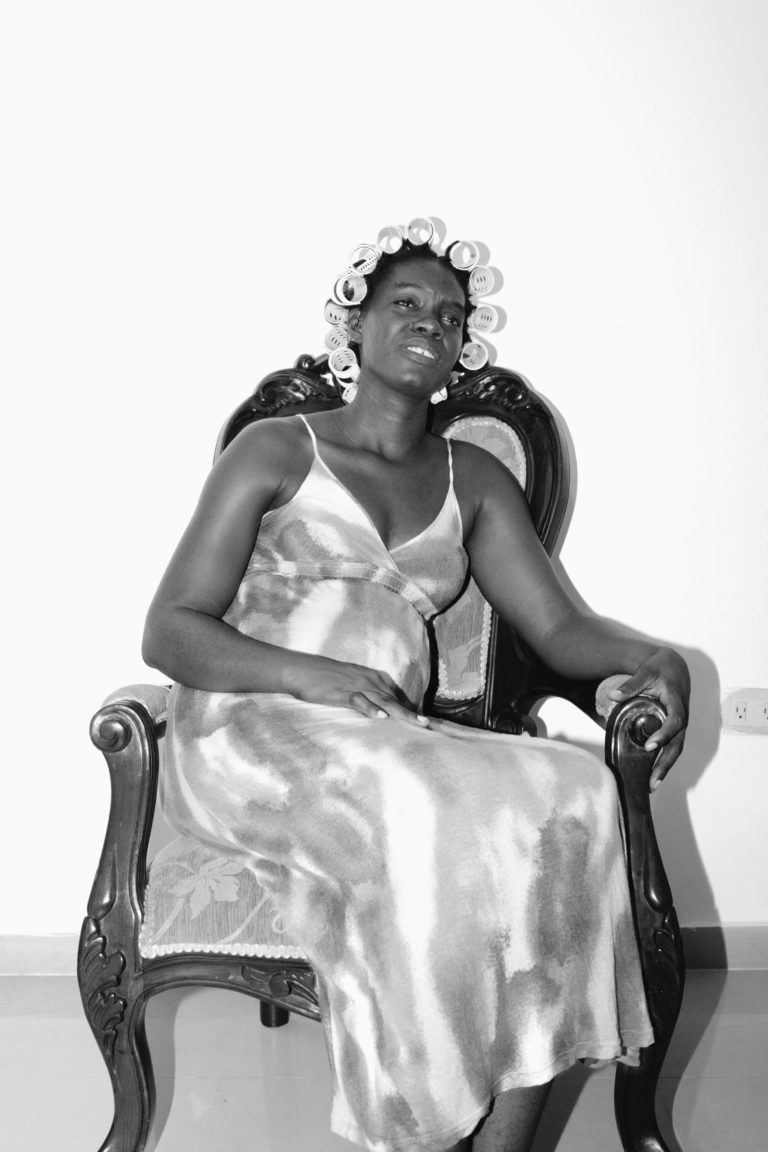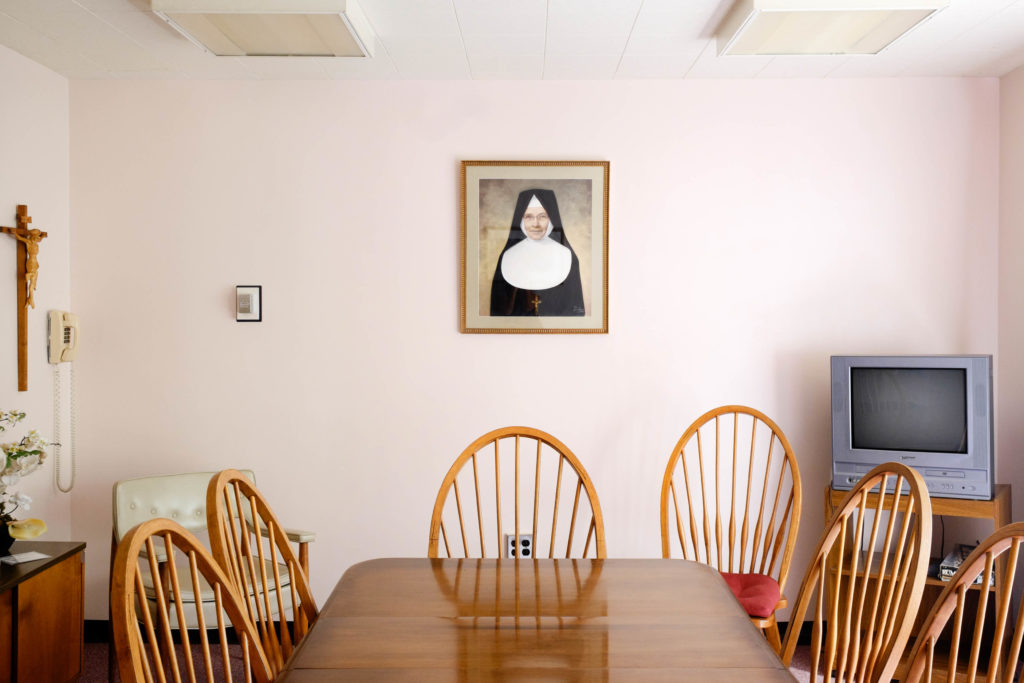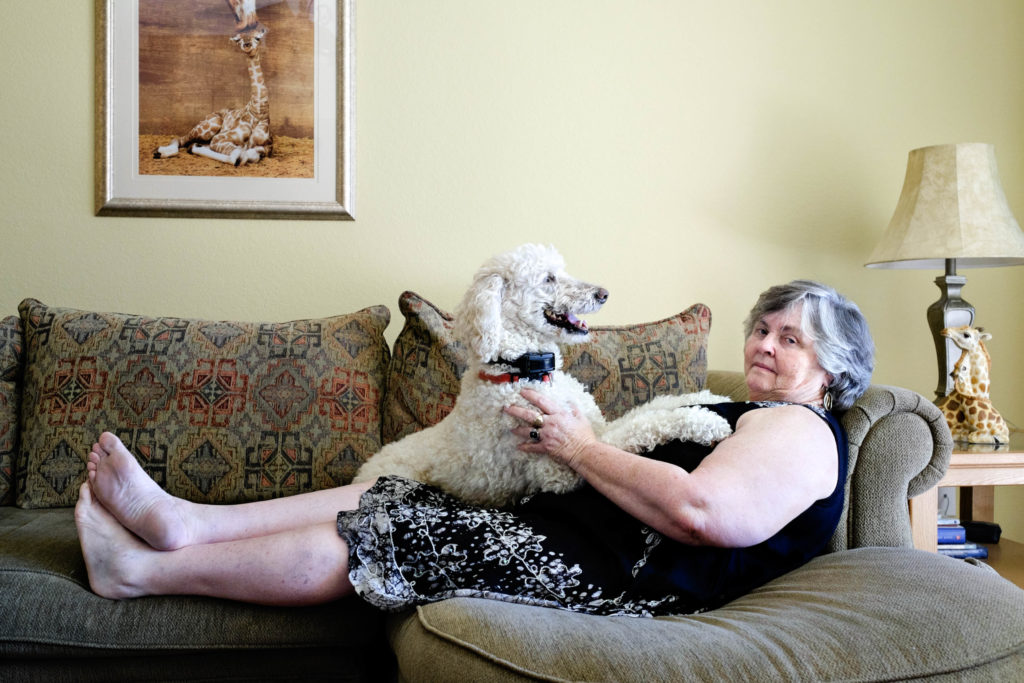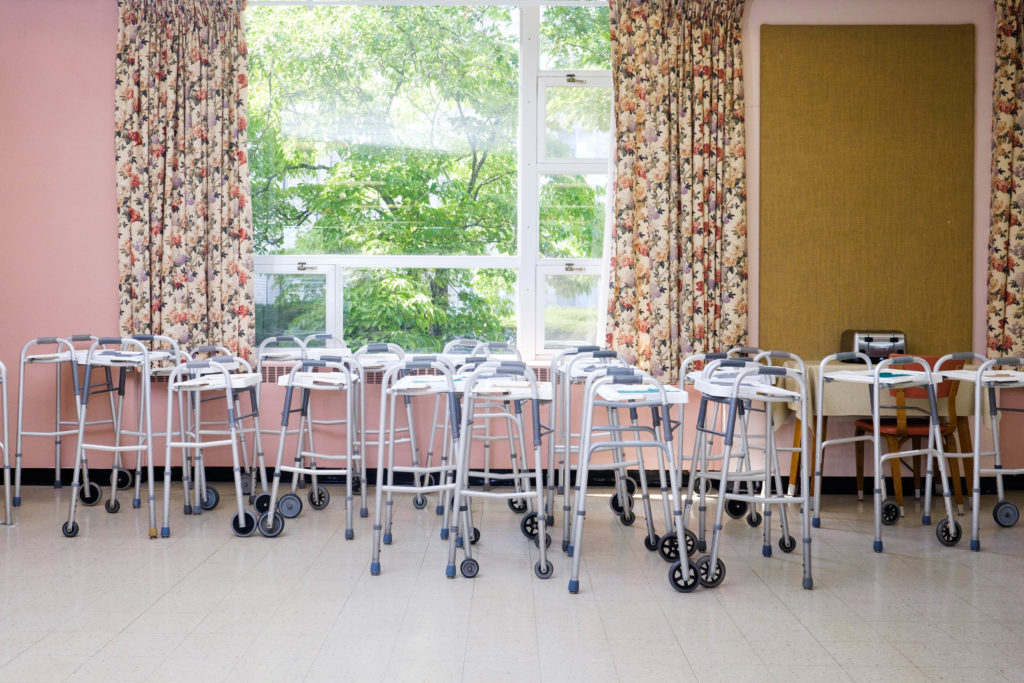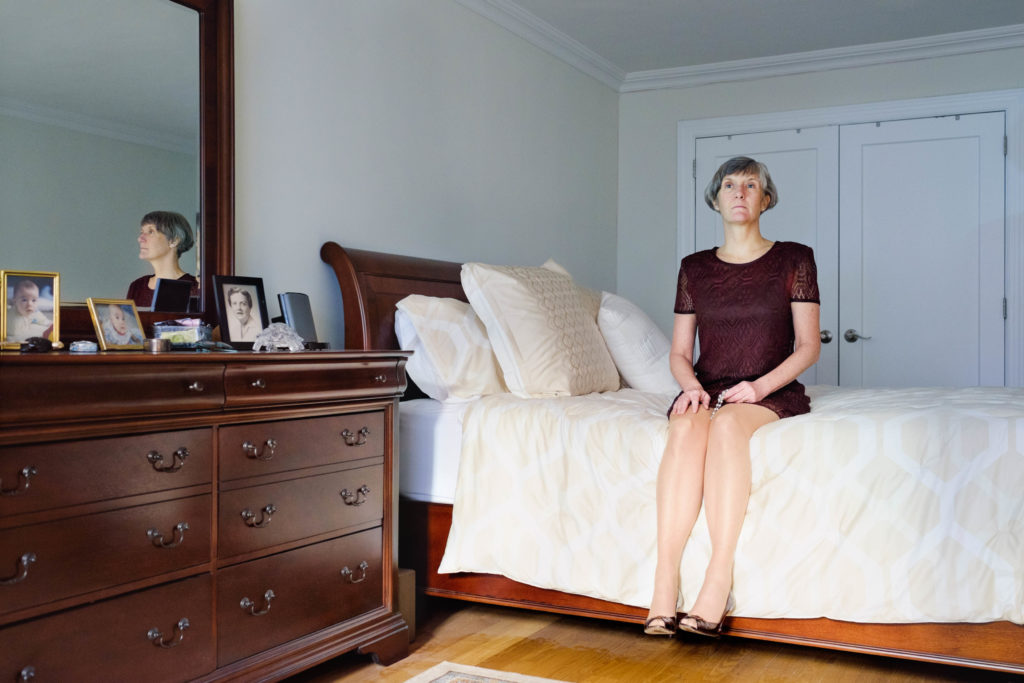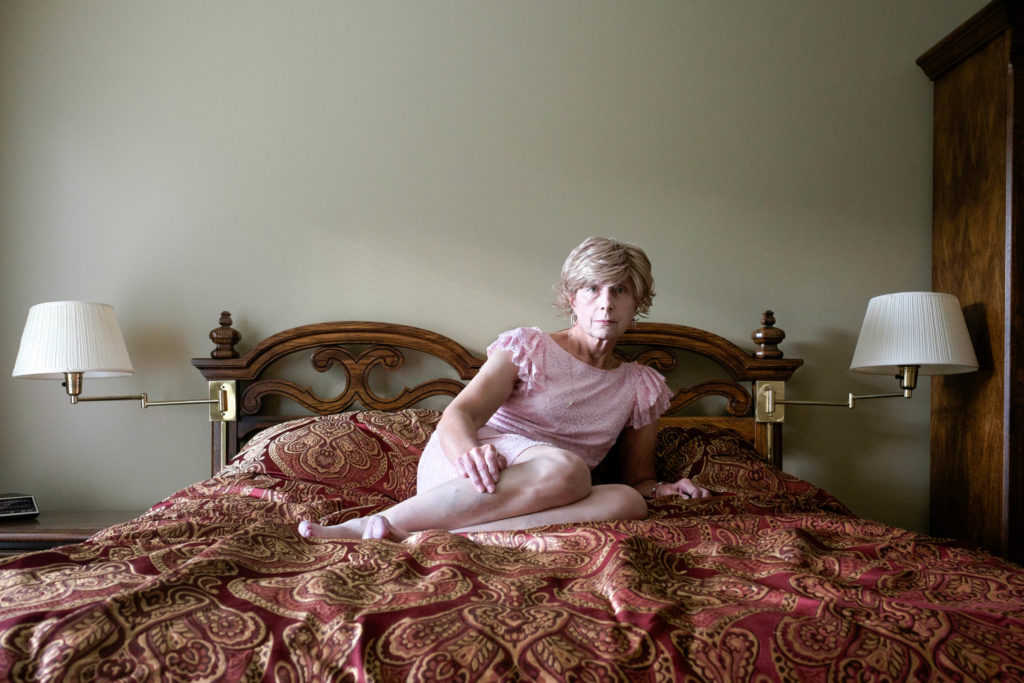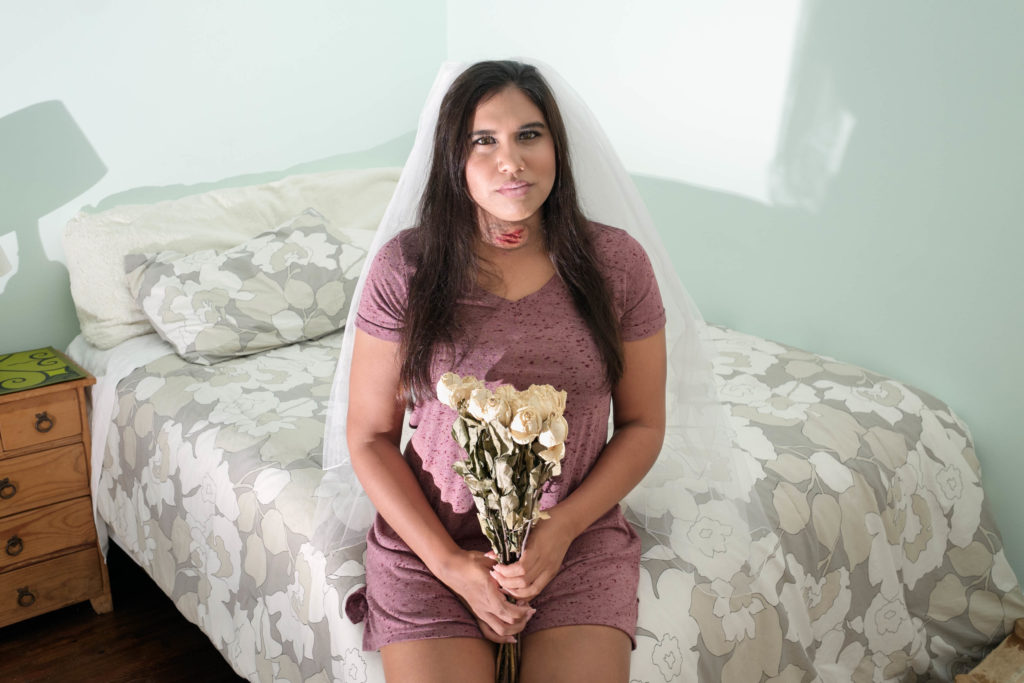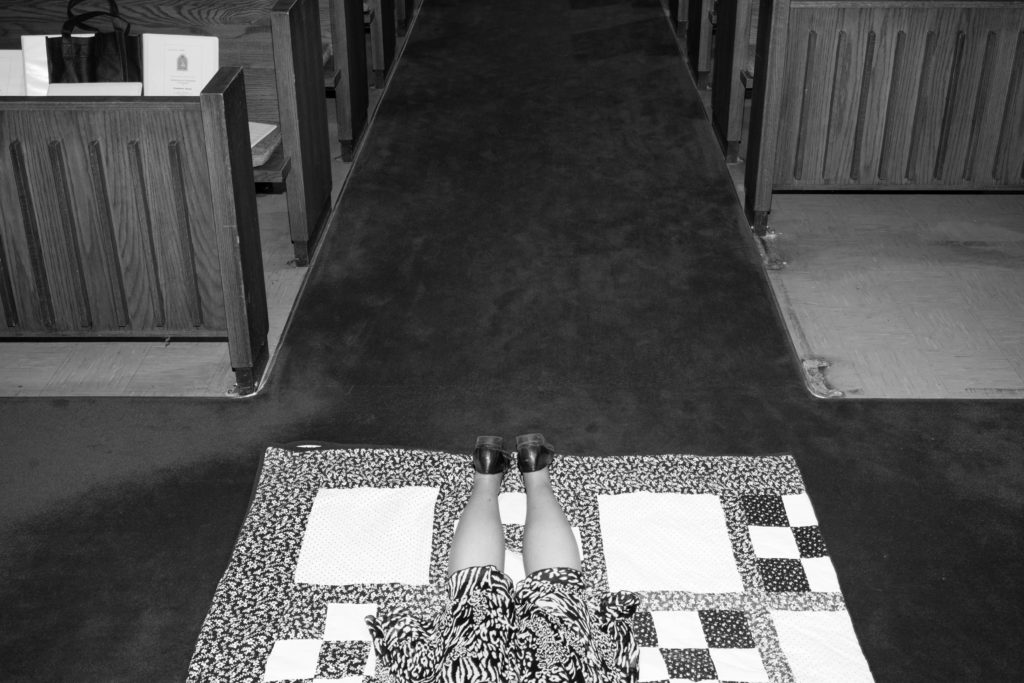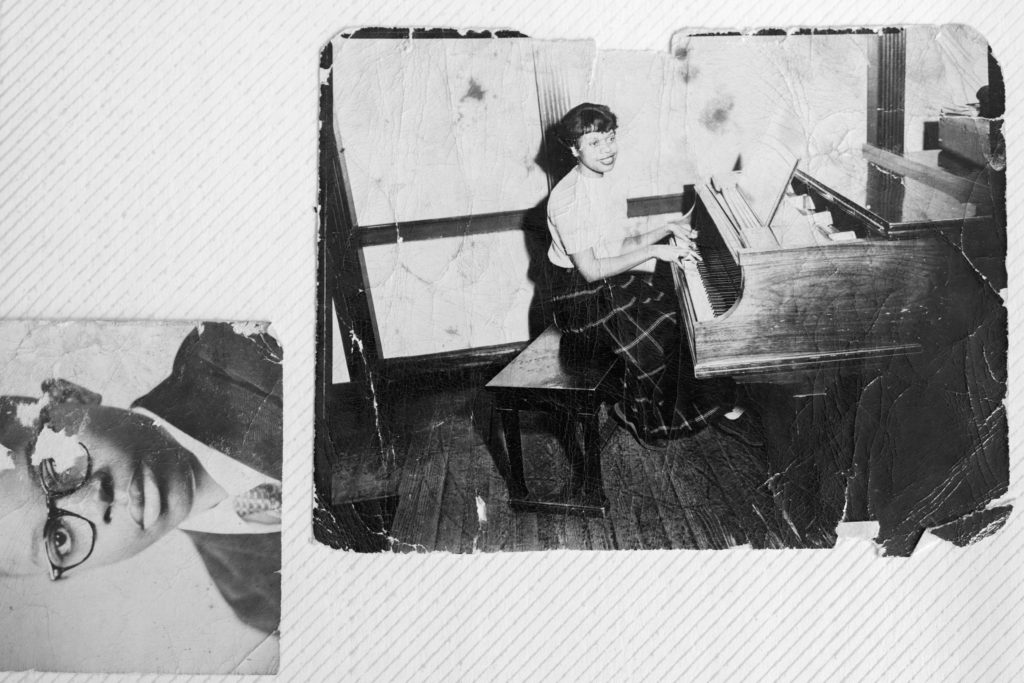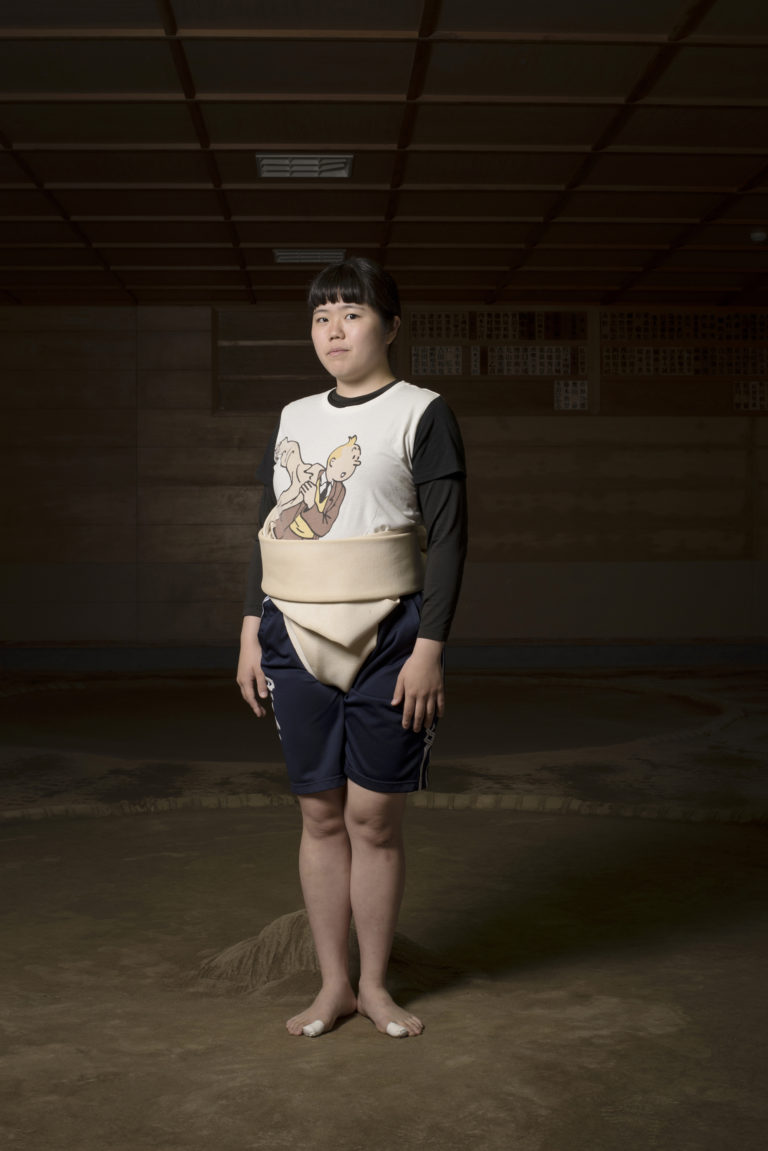“If an unjust law cannot be changed, must be broken.”
— Bishop Patricia Fresen (South Africa)
How is it that we accept the denigration of women within the practices of world religions?
Within the Roman Catholic Church, priesthood is strictly forbidden to women. Since 2002, hundreds of nuns and theologians have been stepping forward and have been illicitly ordained. They have created communities rooted in equality and inclusivity, showing what Catholicism could look like if men and women had the same spiritual authority.
On January 17th 1998, her 48th birthday and the day C.W. Howell Jr. was being ordained a priest in Lexington Kentucky, Janice Sevre-Duszynska resolved to present herself for ordination at the Cathedral of Christ the King. “I was in the Cathedral with all the candidates for priesthood, sitting in the pews.” She recalled, “I stood up, I threw my coat away, and I went towards the Bishop. “I’m called by the Holy Spirit to present myself for the ordination. I ask this for myself and for all women,” to which he said “Get back to your seat, you’re disrupting the service!” Instead I prostrated in the nave with a tiger lily in my hands. The people came acting like I was a crazy woman. I hoped when I was prostrating that some of my friends who were priests would make a circle around me and show their solidarity. Nothing happened at that time. They weren’t ready.”
For her entire life, Janice spoke loudly about her vocation to the priesthood to everyone she knew. She even went to United States’ bishop conference meetings, showing banners to ask for women’s ordination. With the people that suggested she entered the convent, she disagreed because sisters are secular laity, they cannot preach and cannot consecrate the Eucharist.
In the summer of 2002, seven catholic women (from Austria, Germany and United States) were illicitly ordained priests, on a ship cruising the Danube River. Shortly thereafter, three women were ordained bishops in great secrecy, so that they could carry on female ordinations without interference by the Vatican. Since then, several similar ceremonies have been held by RCWP, a group of suffragettes performing religious disobedience in favor of women’s ordination. Today, the movement counts more than 215 ordained women priests and 10 bishops worldwide.
The Vatican considers female ordination a serious crime, anyone who participates automatically excommunicates themselves. For this crime, employees of the Catholic Church lose their jobs, pensions, support. The severity of the sin of the attempted women’s ordination is at the same level of a crime such the sexual abuse of minors by priests. Despite this, most of them do not want to leave the Church, but transforming it, through a model that is very frightening to the Vatican: feminist spirituality is rooted in equality and inclusivity, inherently nonhierarchical, and honors collaboration and compassion over power. Women Priests did not shape a new cult, but organically gathered people from the grassroots, the people who no longer feel welcomed by the Official Church. Most of them are mature women, many are former nuns, missionaries and theologians. They work in social justice, in ecological movements, in non-profit organizations.
The Roman Catholic Church have fought fiercely against feminism. The Vatican’s Holy See is one of the last governments in the world to be led exclusively by males. Thus, it came as a surprising historic opening when on the 12th of May 2016, Pope Francis promised in front of an audience of 900 nuns that he would open a commission to study the role of women deacons (the first step in being ordained) in the dawn of Christianity and the possibility to apply it today. This is a critical moment in history for Roman Catholicism. The Church increasingly feels like an obsolete model, far removed from the spiritual needs and realities of today. The fate of the Church seems to hinge between: the current establishment disappearing into a cult of a few conservatives, or a deep renewal in its administrative and religious shape. At the center of these debates and these possibilities, is the battle for a renewed priesthood that would include women as well.
The project aims to offer a counter-narrative to stereotypes. Photographs in the media often depict religious people as exotic, extreme and obsolete, but this is ironic considering that 84% of humans identify with a faith group. The documentation is composed of photos, video/audio interviews and archival material. It is important to record the lives of who decided to rebel against the Vatican, and what shaped their understanding of the world: mystical experiences, lesbian love, child abuse, grief for a dead son, love for a male priest, working for the secret services, doing missionary work in South America, living the Vietnam War, etc.
In a moment of very needed change, these photos show us a forbidden reality that could become the future of the Church. It’s important to see what female spirituality looks like and the kind of communities women’ leadership creates: inclusive, not hierarchical, not dogmatic, and open to people of every race, gender and economical status. Women priests are not just female clericals, and for this reason they are very frightening to the Vatican. This is an attempt to show the lives of these women focusing on their transformative role within their patriarchal religion.
You can find out more about the project here
The photos on this page have been courteously selected and sequenced by Laura Liverani


